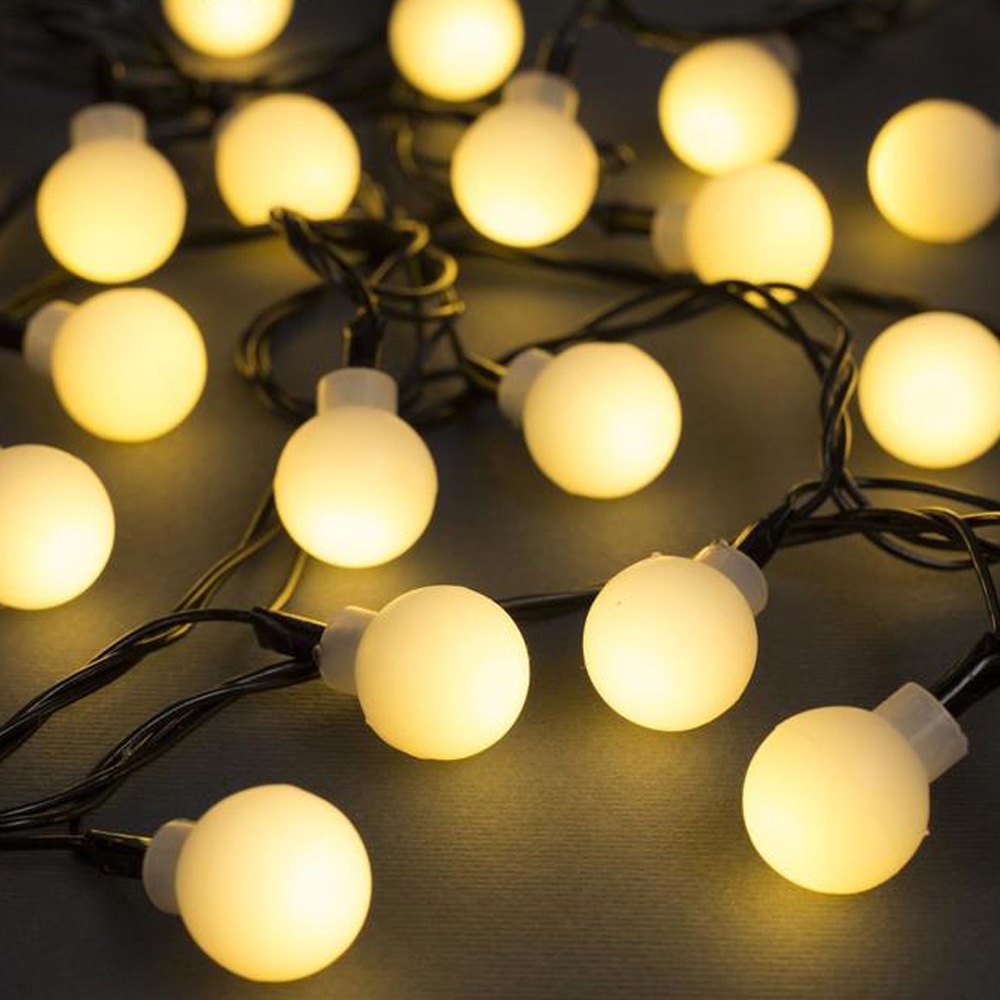The Light emitting diode (LED) technology is an extremely innovative digital invention. These light emitting diodes (LEDs) give an excellent platform to connect utility and technology.
The coupled lighting systems make use of the Power over Ethernet (PoE) technology in order to associate the lighting installation with the building automation features.
The Power over Ethernet (PoE) lighting systems transmit low voltage power to the Ethernet cables. With that power, the system operates the leading light to light up any room.
Smart lighting systems are undeniably extraordinarily cost-effective to set up, they offer a lot of flexibility, contribute to overall energy efficient utility consumption, and over enhance the comfort of occupants.
These lights function more than just to turn off or turn on. These smart lights are coupled with a computerized system that enables them to change their colors, dim their brightness in order to synchronize with the natural light, as well as design an optimal environment to enhance employees' efficiency and productivity.
It also aids to increase the contentment of the visitors. Not only this, but the smart lights also lay down the invaluable response data that powers the Access list (Al) processes, in order to let buildings regulate the overall energy consumption as per the occupancy patterns
What is a PoE lighting system?
The Power over Ethernet (PoE) lighting system is a sort of smart lighting that is used in buildings. These systems hugely impact the control of the overall lighting of the room. The most prized feature of these lighting systems is that they reduce power bills and increase the life of bulbs. Furthermore, it is quite easy to use as these lighting systems can be regulated via smartphone applications.
These lighting systems are designed to be administered via IT networks. It is a brand new technology, but due to its ease of use and unlimited benefits, it is rapidly spreading its wings. It allows us to construct more sustainable buildings, decrease our carbon footprints, and be a better caretakers of the planet that we inhabit. The systems are expected to get as far as 922 million dollars in the industry by the year 2026. The booming industry as well as commercial organizations are rapidly shifting toward the PoE lighting system. This eventually results in approximately 30 percent growth in the coming 5 years. The government initiatives propel this trend of Power over Ethernet or(PoE) lighting systems towards the construction of greener buildings, whereas, the consumers' requirements and pressures coming from society offer an additional bump.
The PoE lighting systems utilize the power of ethernet cables in order to power the lights and the fixtures, or luminaires, as well as to transmit the data from light installation to control software. With the help of this data, the system makes use of motion sensors in order to determine the people present in the room, or when the room is empty, thus turning off the light to conserve energy. The space utilization information holds no significant value to the corporate real estate teams and the facilities management.
Why Use Power over Ethernet (PoE) Lighting Systems?
The smart Power over Ethernet (PoE) controls permit the consumers to manage their lighting requirements as a segment of a more large scale building system mainly because of the reason that both data and power supply are transmitted via the same cable.
It definitely feels ultra-modern, that the technology proficiency now lets us integrate several building systems into the main command unit by using the data.
Air temperature, building security, the lighting systems are just some of the examples of how smart buildings are making use of technology in order to balance the comforts with appreciable energy savings.
The Power over Ethernet (PoE) is just a single system in a building. However, it holds the power to significantly affect the overall consumption of energy, for the most part when the conference rooms or empty offices remain well-lit even after all the employees or occupants have left the space.
A lot of organizations are now shifting towards Power over Ethernet (PoE) in order to revolutionize the overall lighting systems in their buildings to enhance the consumption of power.
These lighting systems offer more than just making use of sensors or timers, for instance, these systems can help to adjust the intensity of lights to synchronize with the natural light, change the color of lights, collect information, and maintain building occupant patterns to offer more innovative jurisdiction.
Why Switch To Power over Ethernet (PoE) Lighting Systems?
To answer this query, it would be safe to say that the Power over Ethernet (PoE) systems have completely evolved the way in which we utilize lighting.
It lets its consumers smartly automate and control the light-emitting diodes (LEDs) or LED lighting through a main smart lighting system. It easily allows you to control each and every room on every floor in your building, to adjust the color or the intensity of lights.
Final Thoughts
The Power over Ethernet (PoE) systems enables its consumers to adjust the intensity of lights as well as to change the colors of lights to be able to synchronize with the natural light, so as to feel more energized and productive.
We hope that by reading this article you were able to clearly grasp the essence of Power over Ethernet (PoE) lighting systems, and how it is beneficial for everyday use as compared to any ordinary lighting systems. Also, for those looking for a trusted PoE lighting solution, Cabsy has the best solutions for you.


No comments yet